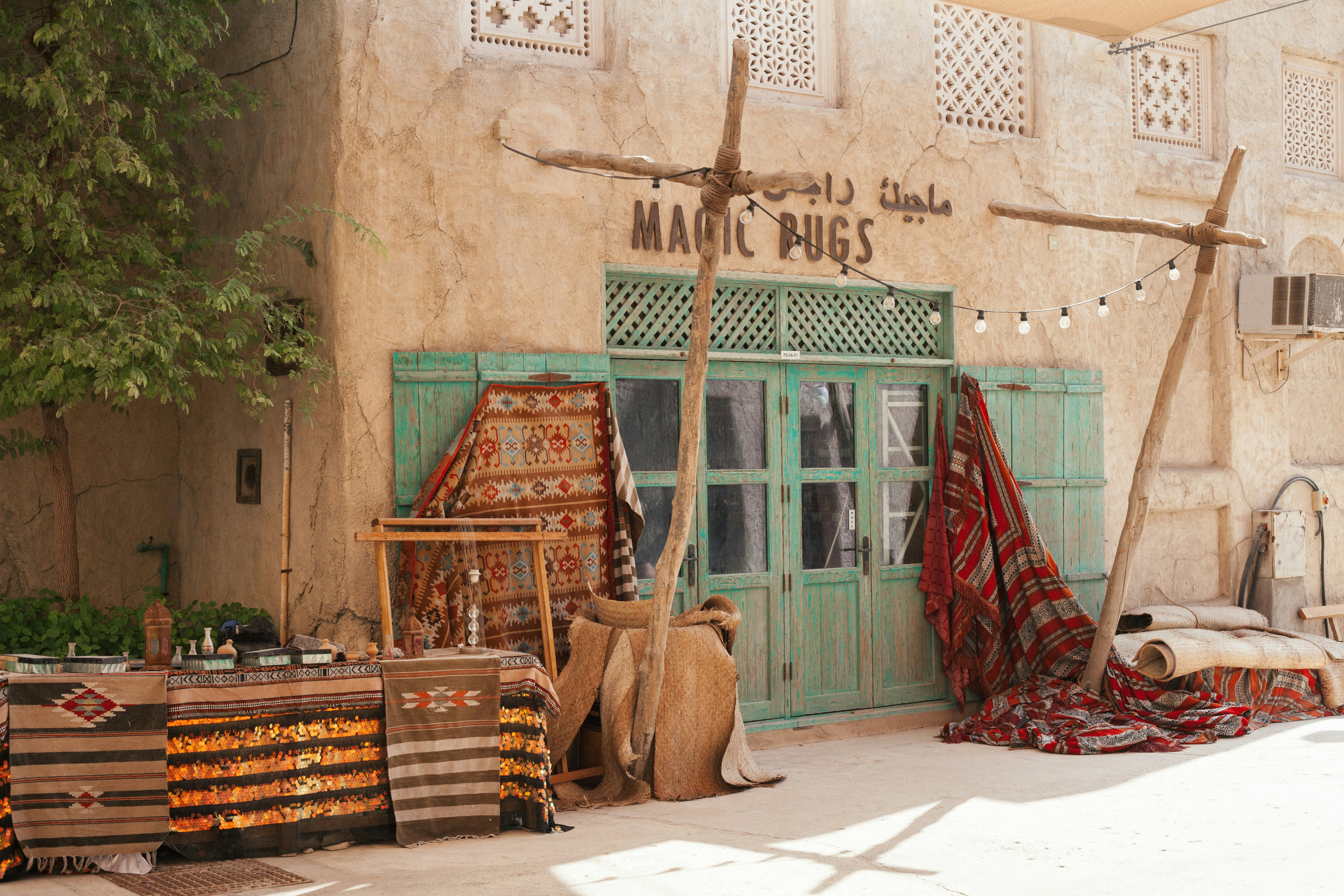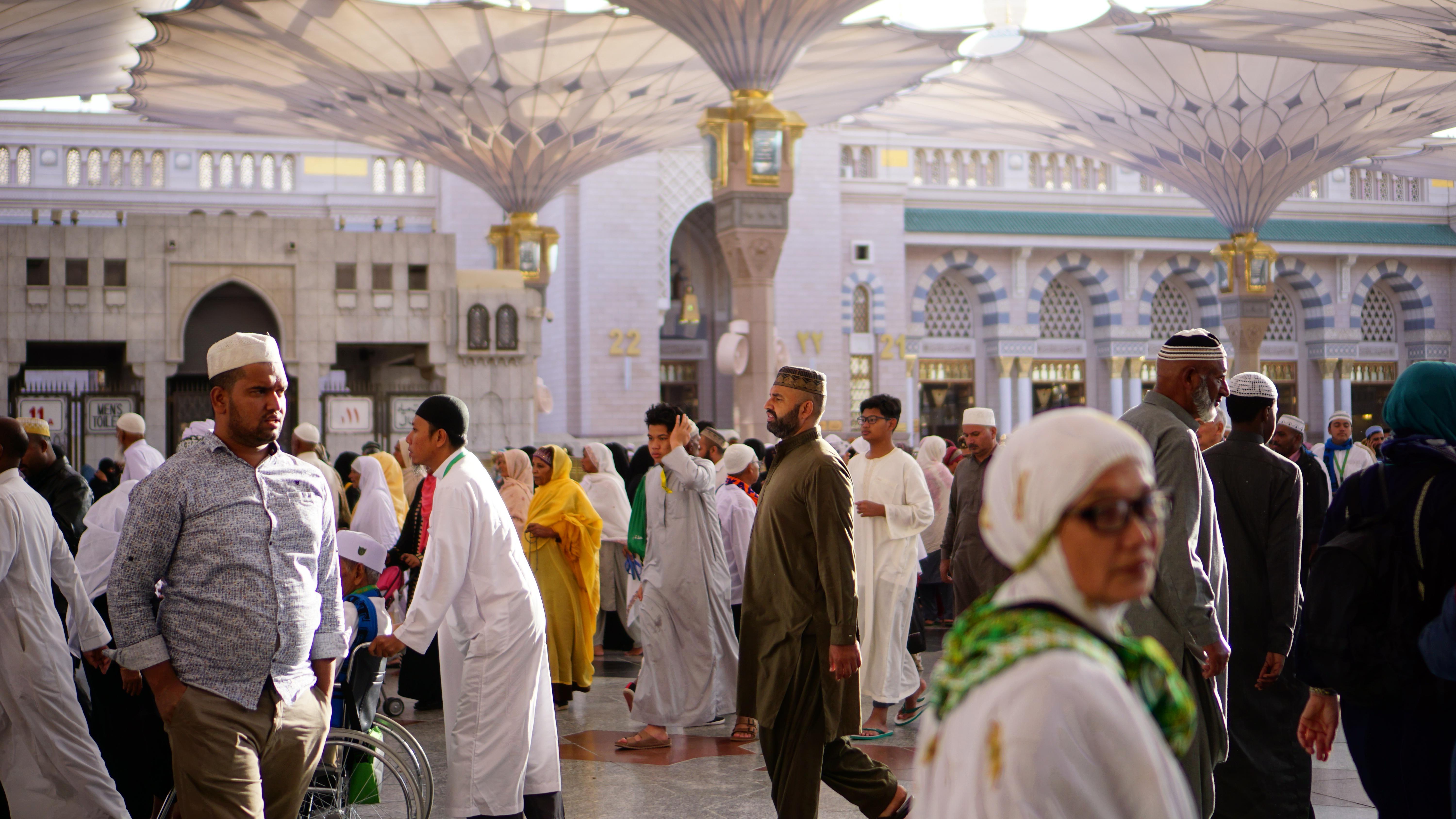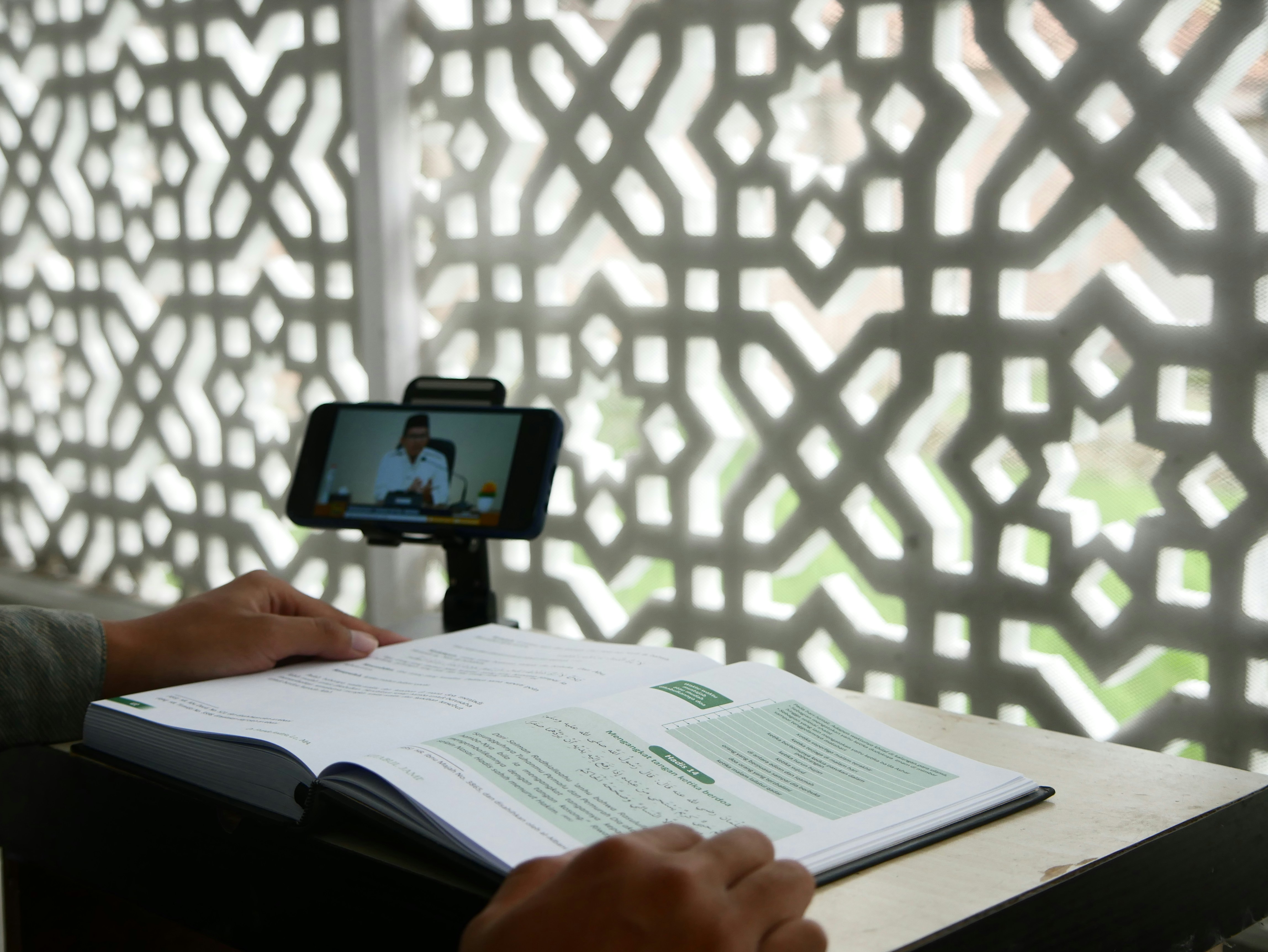Unlocking the Arab World’s $370 Billion Cultural Treasure

Beneath the surface of the Arab world’s rich cultural heritage lies an astonishing economic opportunity – a $370 billion creative economy potential currently contributing less than 1% to regional GDP, compared to 3.1% globally. From the intricate tatreez embroidery of Palestine to Oman’s $120 million jewelry exports, the assets exist. Yet as Nigeria produces 2,500 films annually and K-pop generates $10 billion in exports, the MENA region has yet to fully commercialize its cultural wealth at scale.

At the heart of this challenge lies a paradox of accessibility. Arab creators currently earn just 0.6% of global royalties, less than one-eighth of Latin America’s share, despite the region’s cultural richness. The French model demonstrates what’s possible when tradition meets modernity – their luxury sector, rooted in heritage craftsmanship, now commands €150 billion in value. Similarly, Japan’s meticulous approach to cultural industrialization has transformed manga from niche art into a $30 billion export powerhouse.
The path forward requires five interconnected strategies, exemplified by global pioneers but adapted to Arab contexts.

Physical spaces must be reimagined as creative catalysts, following Paris’ 59 Rivoli Artist Squat which transformed a derelict bank into a thriving arts hub attracting 70,000 visitors yearly. Such projects could be replicated across MENA through adaptive reuse of historic buildings and tax incentives for cultural entrepreneurs.
Digital empowerment represents the second pillar. While Morocco’s Maison de l’Artisan successfully preserves traditional craft techniques, pairing such training with e-commerce platforms like Etsy – which enables 7.5 million global sellers – could dramatically expand market access. Blockchain technology could further protect intellectual property, allowing artisans to license designs while maintaining authenticity.
Cultivating local pride forms the third critical element. Japan’s Cool Japan initiative increased domestic cultural consumption by 22% through clever marketing that connected tradition with contemporary identity. Parallel Arab campaigns could highlight the sophistication of Emirati calligraphy or the sustainable practices behind Bedouin weaving techniques.

Storytelling emerges as the fourth differentiator. Studio Ghibli’s theme park in Nagoya, drawing over half a million annual visitors, proves how folk narratives can become immersive economic engines. The Arab world’s literary and oral traditions – from One Thousand and One Nights to Nabati poetry – offer similar potential for adaptation into streaming content, gaming storylines, and experiential tourism.
Finally, strategic globalization must replace ad-hoc exports. Turkey’s TV drama industry, now reaching 150 countries through calculated partnerships with Netflix and Amazon, provides a replicable blueprint. Appointment of cultural attachés in key markets and development of “Halal Creative” certification could position Arab content as both authentic and premium.

The potential extends beyond economics. A thriving cultural sector could create meaningful employment for the region’s youth bulge, counteract negative stereotypes through positive media exports, and preserve endangered traditions by making them commercially viable. With the global creative economy projected to reach $3 trillion by 2030, capturing just 5% would mean $150 billion in new Arab revenue – equivalent to 15% of Saudi Arabia’s current oil exports.
This transformation requires immediate, coordinated action. Public-private partnerships must fund regional creative hubs. Telecom giants should develop dedicated artisan marketplace platforms. Ministries need to train cultural trade negotiators. The tools exist; the heritage is abundant; the market is hungry. What remains is the collective will to turn cultural wealth into lasting prosperity.
Explore the complete implementation roadmap and financial models in the full strategy deck.

